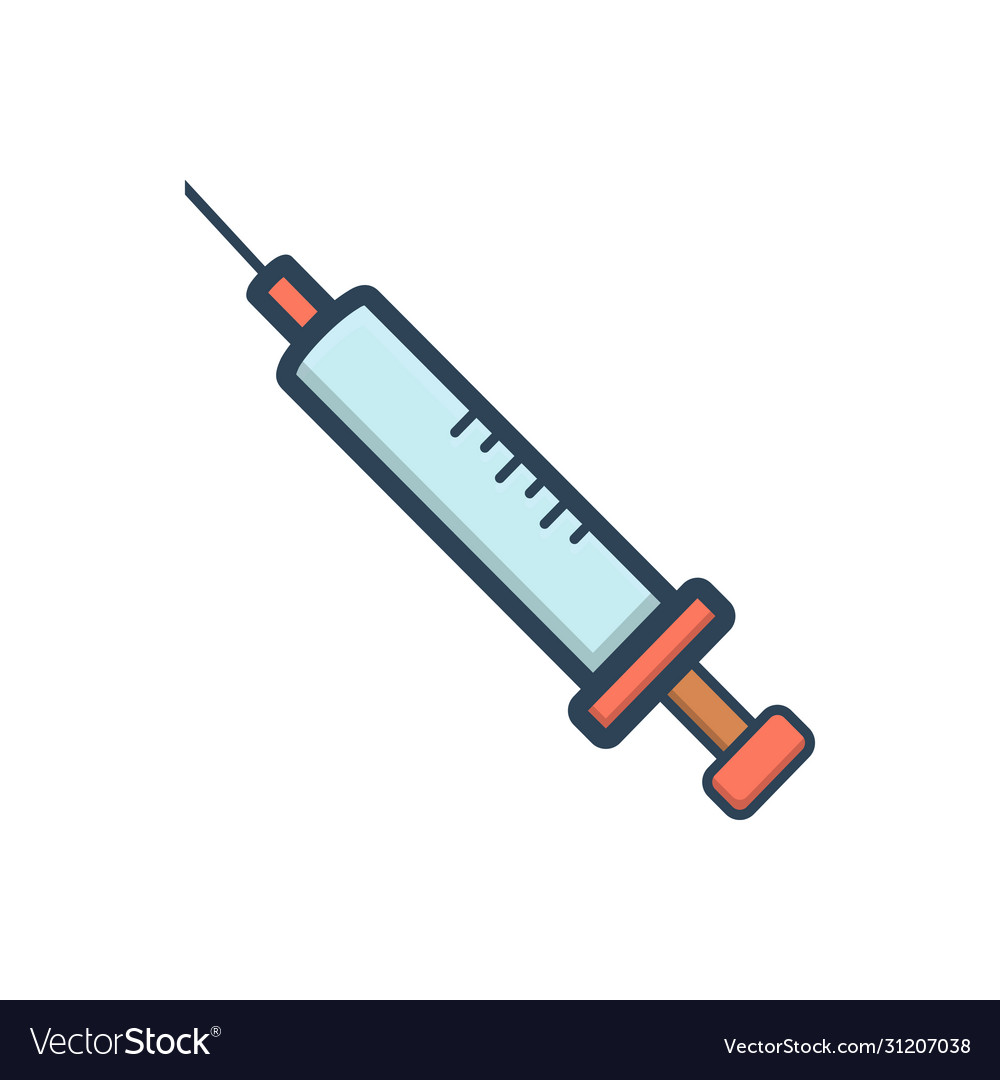Amikacin
Indications
Amikacin is indicated in the short-term treatment of serious infections due to susceptible strains of Gram-negative bacteria. Amikacin is effective in bacterial septicemia (including neonatal sepsis); in serious infections of the respiratory tract, bones and joints, central nervous system (including meningitis) and skin and soft tissue; intra-abdominal infections (including peritonitis); and in burns and postoperative infections (including postvascular surgery). Clinical studies have shown Amikacin also to be effective in serious complicated and recurrent urinary tract infections due to those organisms.
Amikacin was effective in infections caused by gentamicin and/or tobramycin-resistant strains of Gram-negative organisms, particularly Proteus rettgeri, Providencia stuartii, Serratia marcescens, and Pseudomonas aeruginosa.
Amikacin has also been shown to be effective in staphylococci infections and may be considered as initial therapy under certain conditions in the treatment of known or suspected staphylococcal disease such as, severe infections where the causative organism may be either a Gram-negative bacterium or a staphylococcus.
Pharmacology
Amikacin Sulfate is a semi-synthetic aminoglycoside antibiotic. Amikacin is active in vitro against pseudomonas species, Escherichia coli, Proteus species, Providencia species, Klebsiella-Enterobacter species, Acinetobacter species, and Citrobacter freundii. When strains of the above organisms are found to be resistant to other aminoglycosides, including Gentamicin, TobrAmykin and KanAmykin, many are susceptible to Amikacin. Amikacin sulfate is active in vitro against penicillinase and nonpenicillinase-producing Staphylococcus species including methicillin-resistant strains.
Dosage And Administration
Adults and children: 15 mg/kg/day in two equally-divided doses (equivalent to 500 mg bid in adults). Use of the 100 mg is recommended for children for the accurate measurement of the appropriate dose.
Neonates and premature children: An initial loading dose of 10 mg/kg followed by 15 mg/kg/day in two equally divided doses.
Elderly: Amikacin is excreted by the renal route. Renal function should be assessed whenever possible and dosage adjusted as described under impaired renal function.
Life-threatening infections and/or those caused by Pseudomonas: The adult dose may be increased to 500 mg every eight hours but should neither exceed 1.5g/day nor be administered for a period longer than 10 days. A maximum total adult dose of 15g should not be exceeded.
Urinary tract infections (other than pseudomonal infections): 7.5mg/kg/day in two equally divided doses (equivalent to 250 mg b.i.d. in adults).
Impaired renal function: In patients with impaired renal function, the daily dose should be reduced and/or the intervals between doses increased to avoid accumulation of the drug.
Administration
Intramuscular or intravenous administration: For most infections the intramuscular route is preferred, but in life threatening infections, or in patients in whom intramuscular injection route is not feasible the intravenous route may be used.
Intraperitoneal use: Amikacin may be used as an irrigant after recovery from anesthesia in concentration of 0.25%.
Interaction
Concurrent administration of Amikacin with myorelaxants leads to potentiation of their effects and there is a possibility of cessation of the breathing. The combination with other Aminoglycoside antibiotics should be avoided because of the augmentation of their ototoxic and nephrotoxic effects. Concurrent administration of Amikacin with fast acting diuretics increases the risk of ototoxicity in patients with renal failure. Combination with Cephalosporins or Polymixins increases the risk of nephrotoxicity.
Contraindications
Amikacin Injection is contraindicated in patients with a known history of hypersensitivity to Amikacin, any constituents of the injection.
Side Effects
The adverse effects have been reported with the use of Amikacin are tinnitus, vertigo, partial reversible or irreversible deafness, skin rash, drug fever, headache, paraesthesia, nausea and vomiting.
Pregnancy And Lactation
Amikacin rapidly crosses the placenta into the foetal circulation and amniotic fluid and there is a potential risk of ototoxicity in the foetus. There is no information available regarding the safety of this drug during breastfeeding.
Precautions And Warnings
Since Amikacin is present in high concentrations in the renal excretory system, patients should be well hydrated to minimize chemical irritation of the renal tubules. If azotemia increases, treatment should be stopped. Monitoring of renal function during treatment with aminoglycosides is particularly important.
Overdose Effects
In the event of overdose or toxic reaction, peritoneal dialysis or haemodialysis will aid in the removal of Amikacin from the blood.
Therapeutic Class
Aminoglycosides
Use in special populations
Pediatric Use: Safety and effectiveness of Amikacin for injection in children or adolescents under 16 years have not been established
Storage Conditions
Keep below 30°C temperature, away from light & moisture. Keep out of the reach of children.
